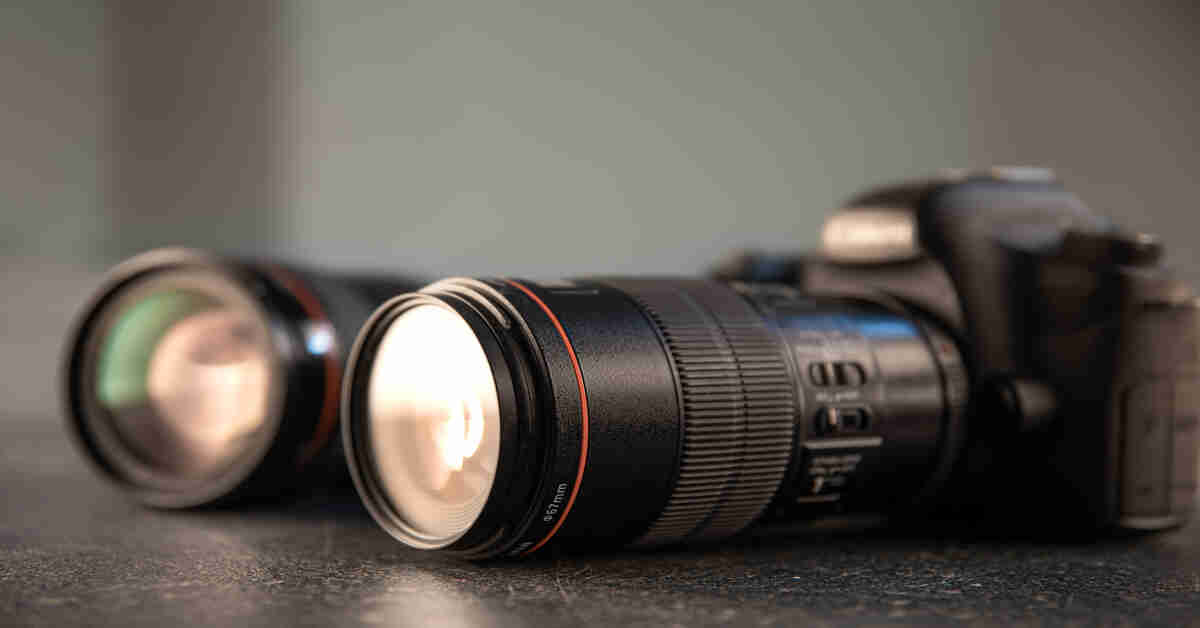One of the most effective decisions that a wedding photographer may make is the selection of the lenses. As the camera sensors keep on becoming better, the resolution increases, the low-light performance is also better and diverse mirrorless systems are still developing, the lens you choose in 2025 can really matter to the quality of your photographs. Being out on the emotional vows, the light of the reception, and the moments of the candid dancers, the appropriate glass will make you remain versatile, fast, sharp and creative.
This guide discusses the state of the art of wedding photography lenses, what focal length to focus on, what releases to keep an eye on and how to create a kit that fits the modern requirements. The best lenses and their application on wedding days will be known by the end.
What Makes a Great Wedding Lens
Sharpness is not the only thing when it comes to Lens performance at a wedding. Look in 2025, however, to lenses with effective autofocus, wide apertures in low-light, optical stabilisation, weather-protection in unpredictable conditions, and the ability to fit on mirrorless cameras. The popular trend is to refer to lenses which span wide focal lengths with quick apertures as game changers in the wedding photography industry. Though zooms are becoming increasingly popular, primes still provide lightweight and ultra-fast pictures of portraits and ceremony work.
Standard Zooms: The Workhorses
The reason is that despite the introduction of other types of zoom lenses, the standard zoom lenses continue to be central to wedding kits since they address the majority of your photographing requirements: getting-ready to first-dance. Among the significant changes, there will be the introduction of zooms with constant wide apertures and better low light performance in 2025. For example:
- The Sony FE 28‑70 mm F2 GM is praised for its versatility, constant f/2 aperture, and all‑day adaptability across ceremony, portraits and reception.
- Canon’s RF lineup includes the standout zoom such as the RF 28‑70mm F2 L USM and RF 24‑105mm F2.8 L IS USM Z, both cited in 2025 among best lenses for wedding work.
If you can carry one zoom that covers wide to portrait focal lengths with a fast aperture, you’ll drastically reduce gear swaps and be prepared for anything.
Prime Lenses: Lightweight & Speedy
Primes have pros of weight, size, aperture and even colour rendering. Most wedding photographers are inclined to use the traditional primes of 24mm, 35mm, 50mm and 85mm, which will enhance autofocus and video capability in 2025.
Examples to consider:
- A 50mm f/1.4 or f/1.2 lens gives beautiful background separation and is great for portraits.
- An 85mm f/1.4 delivers flattering compression and works well in low light.
- A wide 24mm or 35mm prime lets you capture venue interiors, group shots and environmental portraits with style.
When focusing on creative imagery, primes allow you to move faster, think visually, and often stay under the radar during key moments.
Telephoto and Specialty Lenses
Telephoto zooms are essential because of the coverage of ceremonies, portraits of a bride/groom at a distance and non-obstructive candid shots. These lenses have a greater focus and stabilisation performance in 2025 than any other time.
Macro and ultra-wide lenses are also taking off at weddings: being able to capture details (rings, decor), the setting of the venues (architecture, dance floor), or stylised images. A special macro or ultra -wide would put your portfolio at a higher level of coverage.
Matching Lenses to Situations
- Indoor ceremonies with dim light? Use your fastest lens (e.g., f/1.4) to minimise ISO and maintain image quality.
- Reception with movement and dancing? Combine a stabilised zoom with wide aperture or a 70‑200mm telephoto to capture moments without disturbing.
- Venue portraits outdoors at golden hour? Use a prime with wide aperture to capture creative poses for unique wedding photography with dreamy backgrounds and soft light.
In 2025, many photographers emphasise adaptability, carry one high‑quality zoom and one or two fast primes, and you’ll cover nearly everything.
Building Your Lens Kit in 2025
Consider starting with a trusty zoom as the backbone, then add key primes for portraits and low‑light. Here’s a sample kit:
- Primary zoom: 24‑70mm or 28‑70mm with f/2 or f/2.8 aperture.
- Portrait prime: 50mm or 85mm fast aperture.
- Telephoto zoom: 70‑200mm f/2.8 for coverage and subject separation.
- Optional: Ultra‑wide (16‑35mm or 15mm) for venue and architecture; Macro for details.
Also focus on compatibility with your camera’s mount and future upgrades (mirrorless, full‑frame, video).
Recent Lens Releases & Trends
The lens market is experiencing dramatic changes in 2025: the adoption of more zooms with constant wide apertures (f/2) to use in events, mirrorless-optimized lenses with quicker autofocus to use in wedding photography and hybrid photo/video. As an example, Canon RF 85mm F1.4L VCM (2025 release) is also being featured as an outstanding portrait lens that also contains modern AF design. Innovations such as modular or lighter lenses are also coming up which is an indication of what the future of the wedding kits holds since it will be able to be light without affecting the quality of the wedding kit. Be aware of new releases and rent or test the movie first before making a big purchase.
FAQs
1: How many lenses do I really need for a full wedding day?
You can cover most situations with two to three lenses if chosen wisely. For example, one versatile zoom (24‑70 or 28‑70) and one fast prime (50mm or 85mm) will enable ceremony, portraits and reception coverage. Add a telephoto or ultra‑wide if your style or venue demands them.
2: Should I prioritise lenses over camera bodies for wedding photography?
Yes, lenses are not just a short-term purchase, but can be more effective than changing your camera body annually. An excellent lens does not wear out, works with any system, and enhances the quality of the image better than a body upgrade. Now invest in sharp lenses which are fast and allow the camera body to follow.
Conclusion
The wedding photographers are more than ever before with respect to selection of lenses in 2025. Wedding photography lenses are best those which are multi-purpose lenses, which are quick, precise, and dependable, so you can work anywhere, at any time of the day or night, or during a story. The appropriate lens will help you, whether you are inside, in the sunset or on the run, and will help you be creative, reduce the strain on the gear and maintain focus on capturing the emotion.
With new mirrorless lenses available in the market with better autofocus and wider apertures this would be a good time to review your kit, hire newer ones and invest in gear that matches your ambition. Ultimately, it is not the amount of lenses that you possess but the application. Make the right decisions, train until you become the best, and allow the glasses to assist you in creating memorable occasions of weddings.

